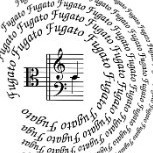From Fujifilm to Leica
-
Recently Browsing 0 members
- No registered users viewing this page.
-
Similar Content
-
- 58 replies
- 3,710 views
-
- 31 replies
- 2,209 views
-
- 75 replies
- 14,440 views
-
- 54 replies
- 6,526 views
-
The new 40MP Fujifilm X100VI where Leica could and should have gone with the CL instead of bottling out. 1 2
By wlaidlaw,
- 25 replies
- 3,942 views
-



Recommended Posts
Join the conversation
You can post now and register later. If you have an account, sign in now to post with your account.
Note: Your post will require moderator approval before it will be visible.